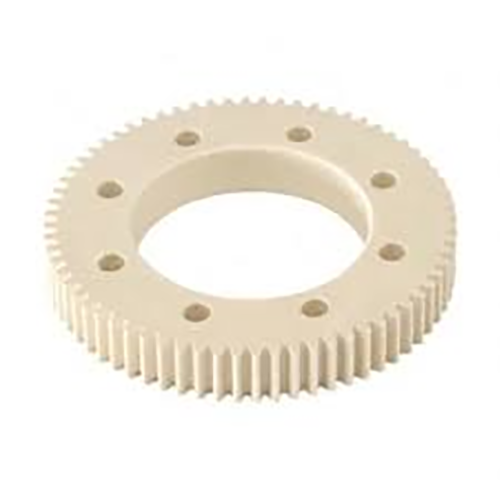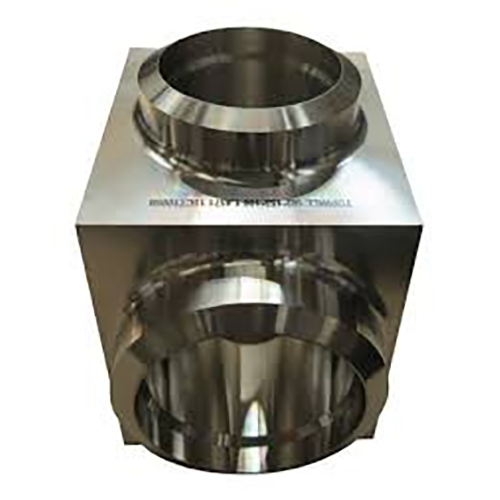
Realizing precise finish on a turned or milled piece is vital.
- Specification callouts prescribe the detailed finish for parts
- Technical callouts use Ra, a measure of average irregularity, to quantify finish
- Familiarity with surface callouts is vital for achieving performance targets
- Clear finish specification affects lubrication behavior, sliding resistance, and lifespan
- Proper decoding of specifications is critical to deliver the expected finish
Defining Precision in CNC Machining

CNC-driven fabrication functions as a modern manufacturing method employing digital instructions the machinery forms elaborate parts with exactness.
- CNC systems permit manufacture of precise components from diverse substrates
- The versatility of CNC machining makes it ideal for aerospace, automotive, medical, and electronics
- Computerized machining yields consistent replication of parts in series production
Across development to broad production CNC machining contributes fundamentally to manufacturing innovation
Understanding CNC Machine Specifications
Parsing spec sheets may feel challenging at initial inspection
That said, foundational understanding plus a method lets you confront technical details
Begin by identifying the key parameters such as spindle speed feed rate accuracy work envelope and controller type
All these values combine to influence overall operational ability.
Illustratively, greater spindle rpm aligns with softer workpieces; increased feed raises manufacturing pace.
Knowing these correlations permits matching machine capabilities to your specs
Remember to consult the manufacturer's literature thoroughly.
Vendor literature commonly contains useful guidance and explains terms
What You Should Know About CNC Machines
Computer numerical control machines denote software-driven tools for precise automated fabrication of many substances They read numerical control code to orchestrate cutter motion and axis control.
- Common CNC classes include milling machines, turning lathes, routing systems, plasma cutters
- Machining operations fit metal, plastic, wood, and composite workpieces
- Moreover CNC platforms enable rapid model creation and small-batch production for SMEs and R&D teams
CNC Basics and Explanations
They embody an integration of hardware accuracy and advanced software regulation These versatile tools utilize computer programming to automatically manufacture a wide range of parts from simple components to complex assemblies The central concept is rendering digital designs as physical parts.
- Computer Numerical Control machining
- Programmatic production integration
This process involves a series of precise movements guided by the computer program Skilled staff determine cutting conditions, observe operations, and verify finished part quality.
Surface Finish's Importance in CNC Machining
Producing expected finish through machining is important It impacts both functional performance and surface look Workpiece material, tool settings, and secondary finishing processes determine texture.
Superior polishing extends service life; rougher finishes may limit capability Programmed machining features assorted toolpaths and cutters to deliver specified finishes.
- For instance varying cutting insert shapes |coated inserts|tool speed tuning to deliver finish
- Additionally finishing processes including polishing and grinding refine texture
Appreciating the link between settings and surface quality helps achieve ideal finishes.
CNC Machine Basics: From Operation to Applications
CNC machining is a precise method of manufacturing that employs computer-controlled machinery to shape parts from various materials They process digital commands to produce elaborate components repeatedly Grasping G-code, tool selection, and machine operation underpins successful manufacture
Industries that use CNC range from aviation and automotive to medical and electronics From engine components to precision tooling, CNC enables production of sophisticated geometries
How to Specify Surface Finish for CNC Parts
Accurate finish definition matters when machining parts with CNC It guarantees the finished part fulfills functional and visual criteria Callouts commonly use the roughness average (Ra) system to denote surface finish Shown in micrometers or inches, the measurement denotes typical roughness magnitude.
Account for desired texture and the component’s purpose when selecting finish

In many cases fine finishes are necessary for accurate alignment and tight interfaces
By contrast coarser finishes may be useful where additional grip or friction is desirable
Leverage precise callout notation within drawings to indicate required finish Specify the Ra metric and note any secondary treatments or special machining steps.
Bear in mind accurate finish callouts drive better manufacturing results
Types of CNC Machines and Their Capabilities
The world of CNC machining is vast and diverse with a wide array of machines designed to tackle various types of tasks These versatile tools utilize computer-aided design (CAD) software to control cutting tools enabling precise and efficient fabrication of components.
- Drilling units excel at producing holes and axial features in parts
- Lathe machines operate on a rotating axis ideal for producing symmetrical parts with smooth surfaces
- Plasma machines slice thick steel and ferrous metals rapidly using plasma arcs
Equipment choice hinges on material, design intricacy, and precision requirements Varied CNC functionalities equip manufacturers in industries from automotive to aerospace.
Reaching Optimal Surface Quality Using CNC
Attaining top-quality surfaces is critical in fabrication and CNC techniques facilitate that achievement With deliberate feed-speed-tool strategies professionals steer cutting dynamics to achieve smoother surfaces Also advanced insert materials and suitable coolant practices support improved finishes Strategic toolpath planning and precise machine adjustments result in superior finish quality.
Programming for Surface Finish in CNC
Skillful CNC programming directly impacts the final surface quality Cutting parameter selection—feed, speed, tool geometry—controls surface finish Deliberate parameter selection and optimized lubrication enable near-flawless finishes.
- Additionally routine tool checks and upkeep maintain consistent finish quality In addition periodic what is cnc tool servicing and checks secure consistent surface quality Besides that systematic tool upkeep and monitoring ensure sustained surface quality
- For better finishes evaluate substrate, roughness goal, and functional context
- Using CAM simulation lets you preview and tweak toolpaths to lower defect risk
- Continuous tool maintenance and oversight preserve high finish consistency
